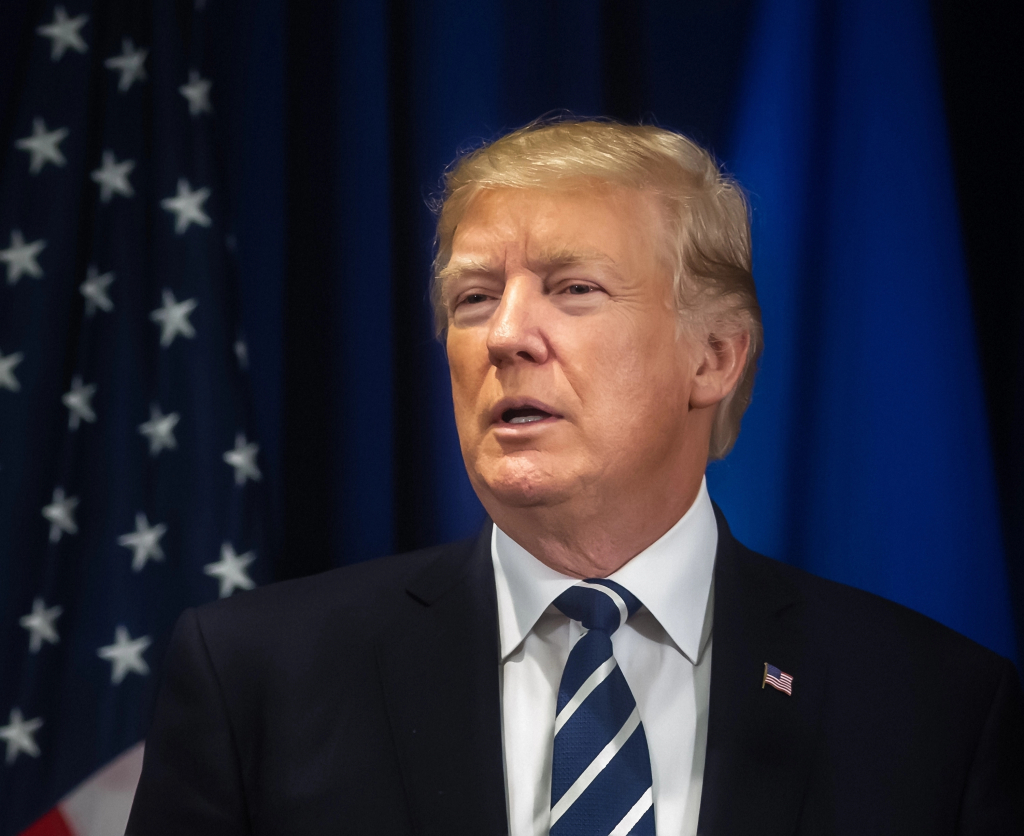
Author/ Deposit Photos
PHOENIX – During a wide-ranging press conference on January 7, President-elect Donald Trump announced plans to rename the Gulf of Mexico as the “Gulf of America,” just one day after Congress certified his election victory.
“We’re going to be changing the name of the Gulf of Mexico to the Gulf of America, which has a beautiful ring to it. The Gulf of America—what a beautiful name. And it’s appropriate,” Trump declared.
Here’s a deeper look at what such a change could entail.
The Gulf of Mexico: Geography and History
The Gulf of Mexico spans approximately 600,000 square miles, bordered by the southern United States to the north and Mexico to the south. It connects to the Atlantic Ocean and the Caribbean Sea, making it a vital hub for trade, ecology, and geopolitics.
The name “Gulf of Mexico” has been in use for centuries. According to The St. Augustine Record, English explorer Sir Francis Drake’s maps from the 1580s used the term. Other names, like “Sea of the North” and “Gulf of New Spain,” were considered but fell out of use over time.
The word “Mexico” itself has indigenous roots. The Mexican Embassy in Australia explains that “Mexico” likely originates from the Nahuatl language spoken by the Aztecs. One widely accepted theory suggests it translates to “in the center of the lake of the moon,” referencing the geography of pre-colonial Mexico City.
Renaming the Gulf: A Complex Process
Changing the name of an international body of water would involve several layers of bureaucracy.
The International Hydrographic Organization (IHO), which includes both the U.S. and Mexico, oversees the naming of oceans, seas, and waterways globally. Within the U.S., the U.S. Board on Geographic Names (BGN) holds the authority to approve or deny renaming proposals for geographic features within the country’s jurisdiction. However, BGN guidelines impose strict rules, such as:
- Prohibiting names honoring living individuals.
- Avoiding names deemed derogatory to any racial, ethnic, gender, or religious group.
Alternatively, Congress can intervene, as noted in a 2022 report by the National Association of Tribal Historic Preservation Officers. In some cases, lawmakers have used their influence to block or advance renaming efforts, effectively overriding BGN’s decisions.
Would Other Countries Recognize the Change?
Renaming a geographic feature domestically does not guarantee international recognition. Examples abound where countries disagree over names:
- The Falkland Islands, located in the South Atlantic, are called “Islas Malvinas” by Argentina, reflecting its claim over the territory. The British government, which governs the islands, maintains the “Falkland Islands” name.
- In East Asia, Japan calls a body of water the Sea of Japan, while South Korea refers to the same area as the East Sea, citing colonial-era influences on the current nomenclature.
- Along the U.S.-Mexico border, the river commonly known as the Rio Grande in the U.S. is called Rio Bravo in Mexico, illustrating a difference in cultural and linguistic perspectives.
A potential renaming of the Gulf of Mexico to the “Gulf of America” could face similar resistance, particularly from Mexico, whose history and identity are intrinsically tied to the region.
The Road Ahead
While Trump’s proposal captures headlines, implementing such a change would be fraught with legal, bureaucratic, and diplomatic challenges. Whether the idea garners serious consideration or fades into history as a symbolic gesture remains to be seen.




